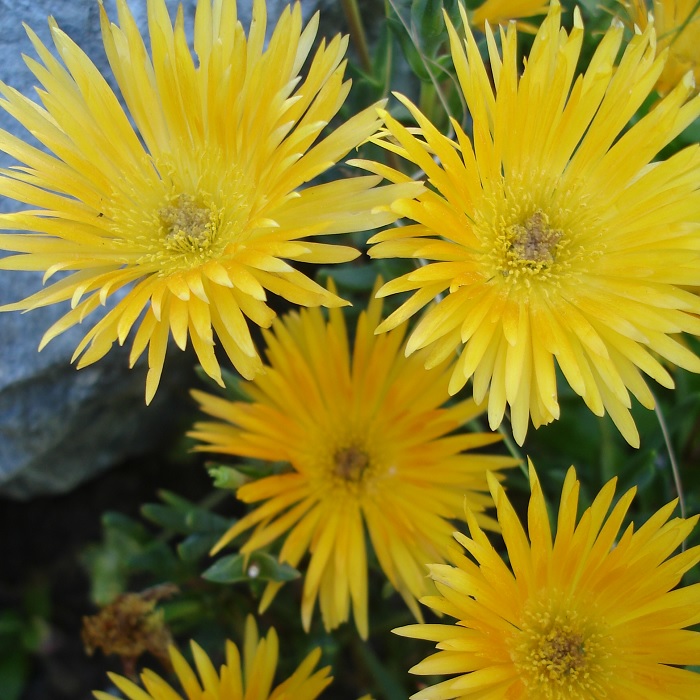UNITED STATES—It is not easy for wild trees to adapt to a refined landscape. After a lifetime of adapting to their native environment and dispersing their roots to where the moisture is through the dry summers, they must adapt to all sorts of modifications such as excavation, irrigation and soil amendment. Newly installed plants grow into a new landscape while some mature trees succumb to disease and rot.
Oak root rot is such a common disease in California that there are only a few places where it is not found in the soil. It is not often a problem to new plants, but often becomes a problem to mature trees that suddenly get more water than they are naturally adapted to, particularly if roots have been violated, and the soil has been amended to retain more moisture. Change is not always good.
However, many of the same trees that are so susceptible to oak root rot if the environment around them changes can be remarkably adaptable as young trees. California sycamore happens to be a riparian tree that naturally grows near water. Although old trees may not adapt well to change, young trees planted in new landscapes will adapt to the water that is available as they mature.
California sycamore trees that are adapted to landscape or lawn irrigation are not likely to be bothered by oak root rot until they get old. Realistically though, any old sycamore is susceptible to oak root rot. The only difference is that those that get more water mature faster, so get old sooner. A California sycamore tree planted into a home garden may live only one century instead of two.
Verticillium wilt is another disease that can be found in most places throughout California. It is notorious for severely disfiguring and killing ash trees and many other plants. However, it needs moist soil in which to proliferate. Because lawns are irrigated so frequently and often excessively, ash trees in lawns are innately susceptible to verticillium wilt. In situations that are not irrigated so frequently, newly planted ash trees can mature into healthy shade trees.
Highlight: iceplant
Bright pink bloom that can be profuse enough to obscure the succulent foliage below is nothing new for iceplant. Some bloom bright purplish pink. Others are reddish pink. A few are softer pink or white. What is unexpected is iceplant that blooms bright yellow, orange or gold, like Lampranthus aureus does. (Freeway or beach iceplant that blooms soft yellow or pink is not a true iceplant.)
Lampranthus arueus neither spreads as far nor cascades quite as well as other types of iceplant, but if planted a bit closer together, it can cover quite a bit of ground. It gets about a foot deep, or a bit deeper if crowded by other plants. It is very easy to grow from cuttings stuck wherever new plants are wanted. The inch and a half wide flowers are slightly wider than those of other iceplant.
All iceplant are quite undemanding. Although they bloom better and stay greener with occasional watering, they do not need much water. They should only be fertilized if they get wimpy. After the spectacular primary bloom phase early in spring, too much fertilizer might inhibit sporadic bloom later in summer. Unfortunately, the healthiest iceplant may not bloom again after spring bloom.






